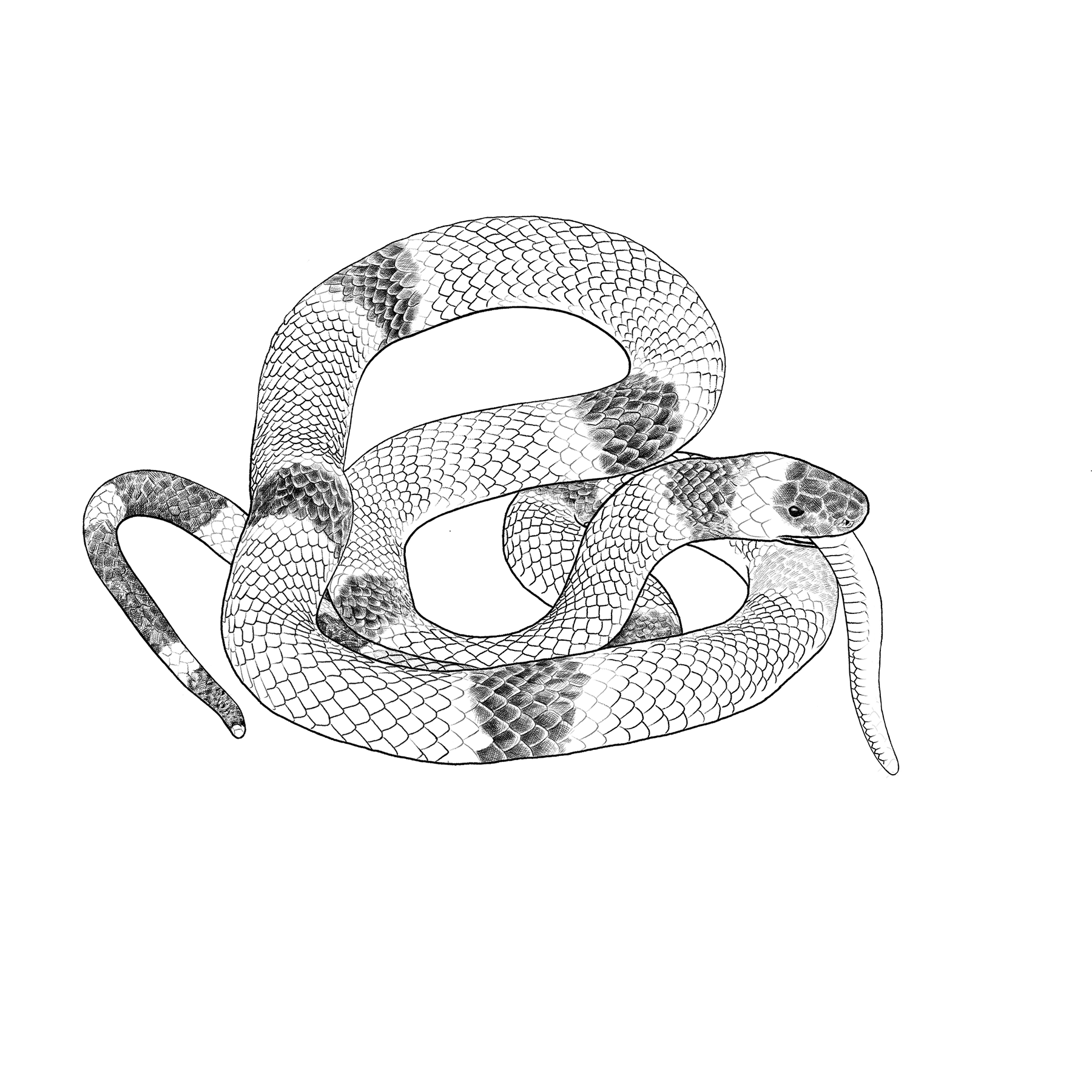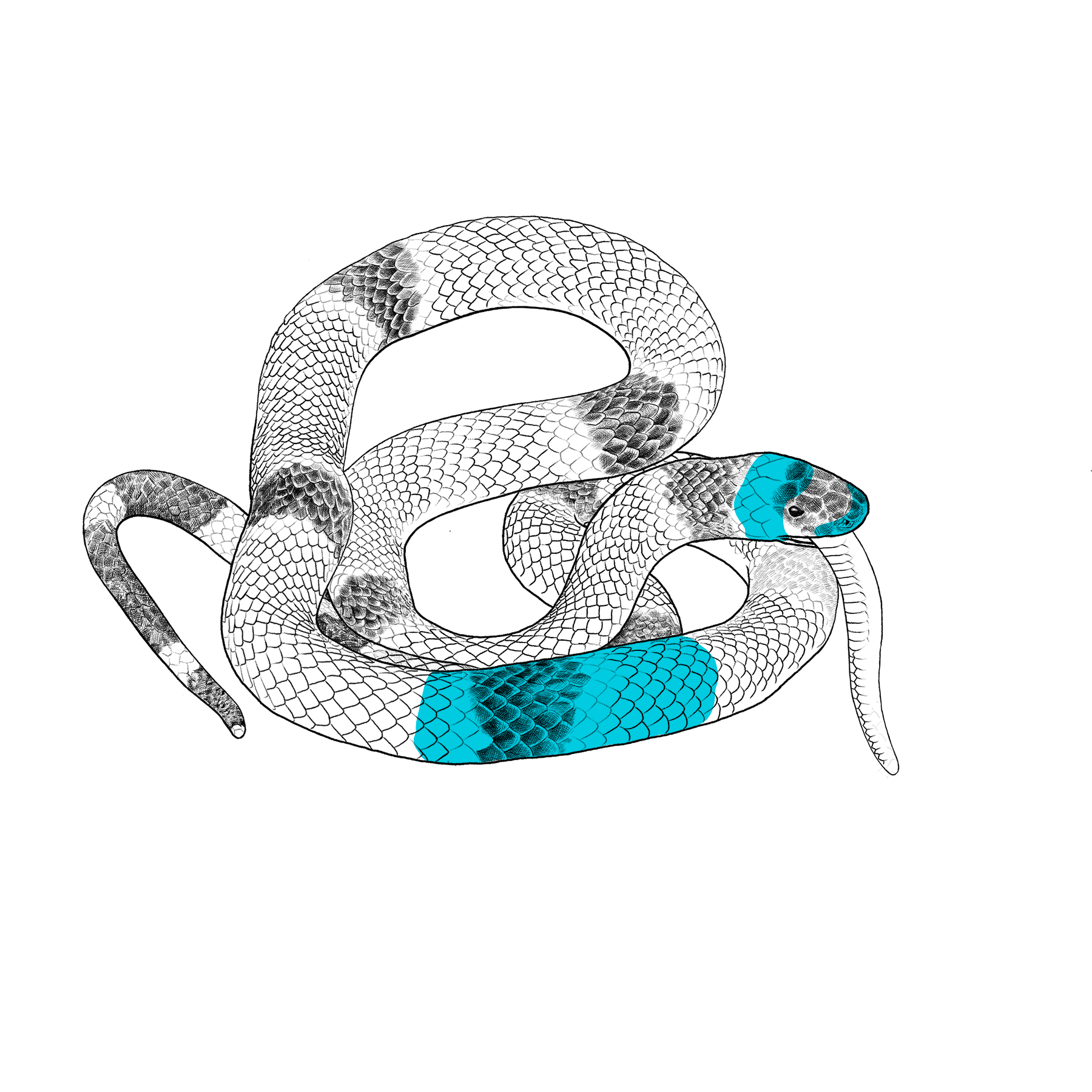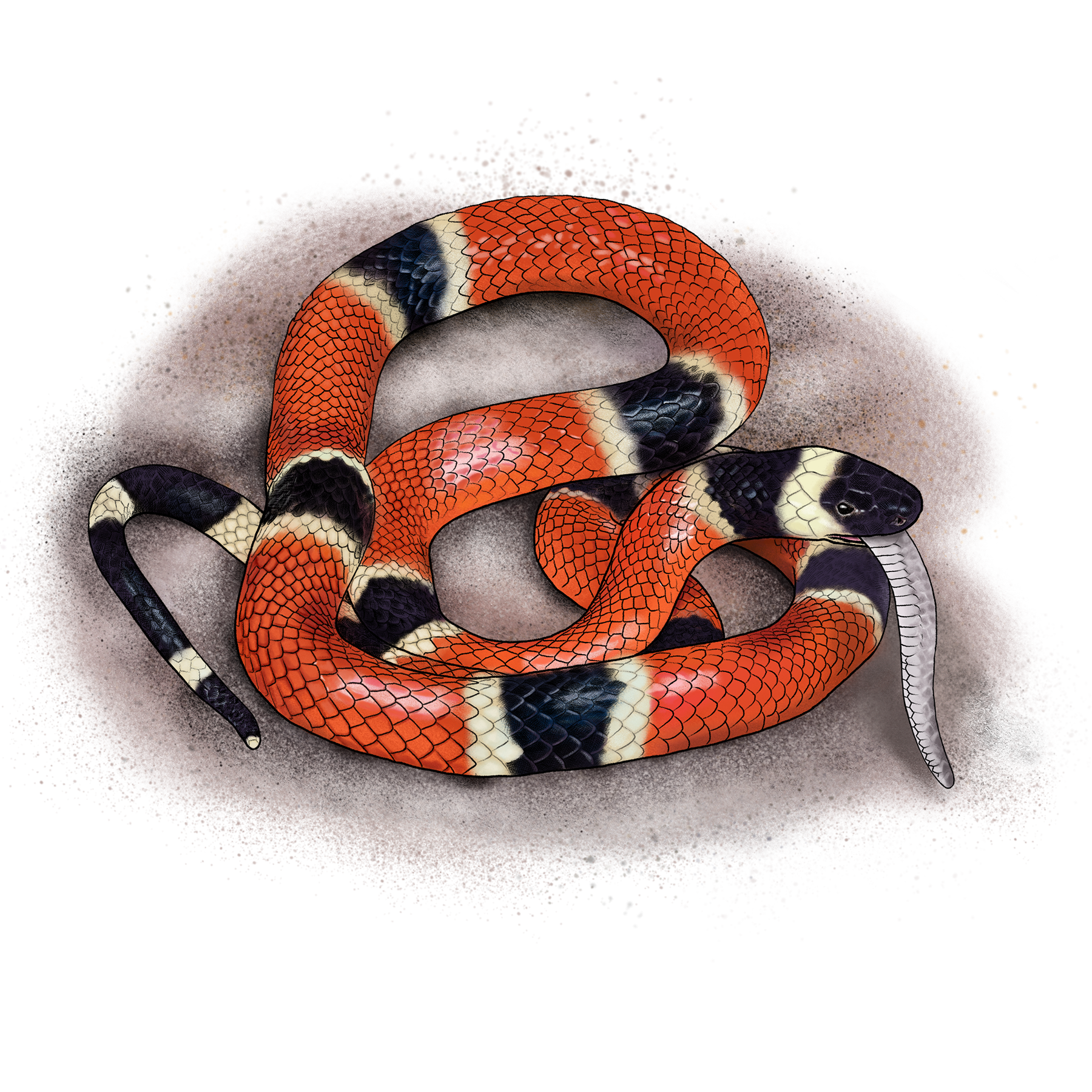
✎ Natalia Guzmán
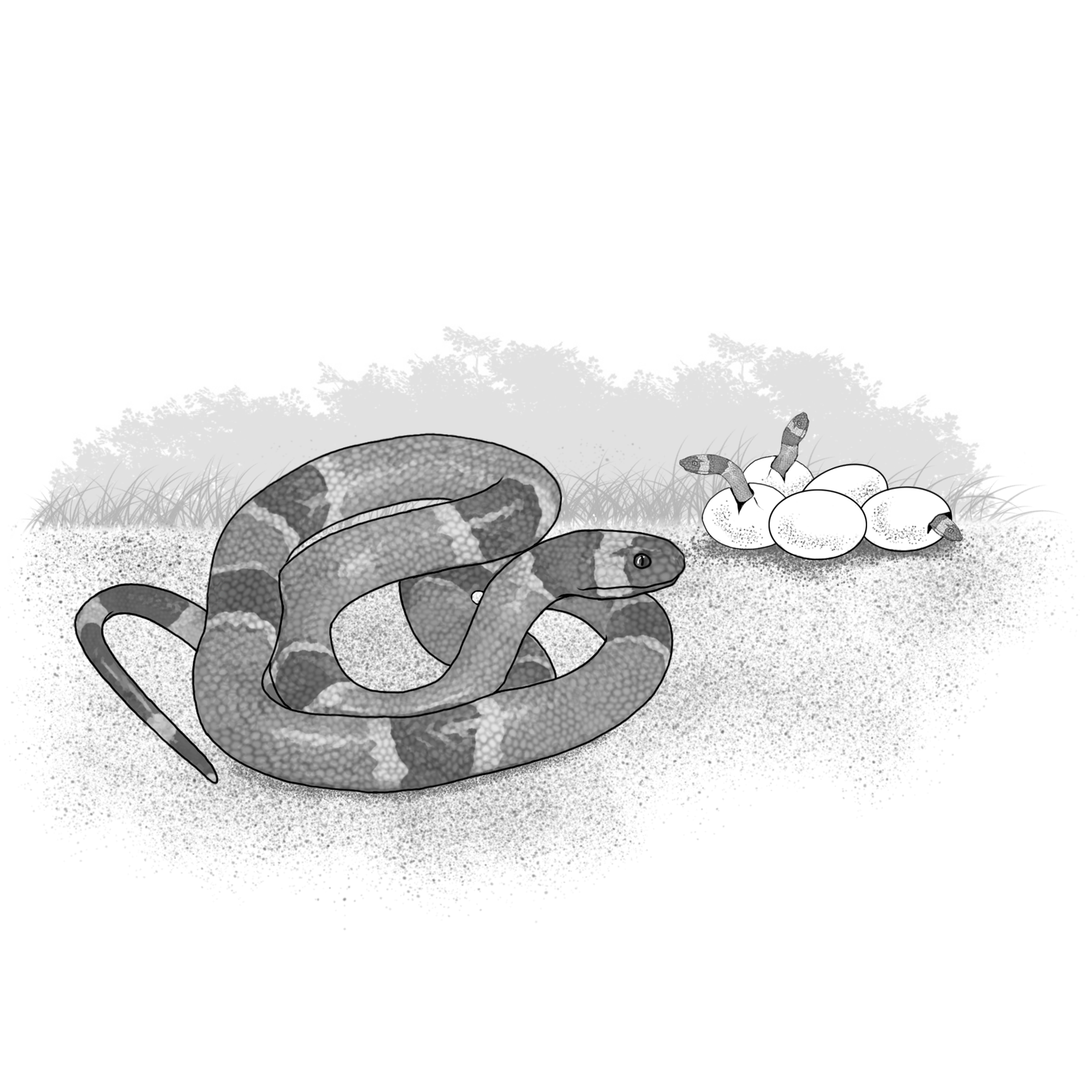
✎ Diego Aguilera
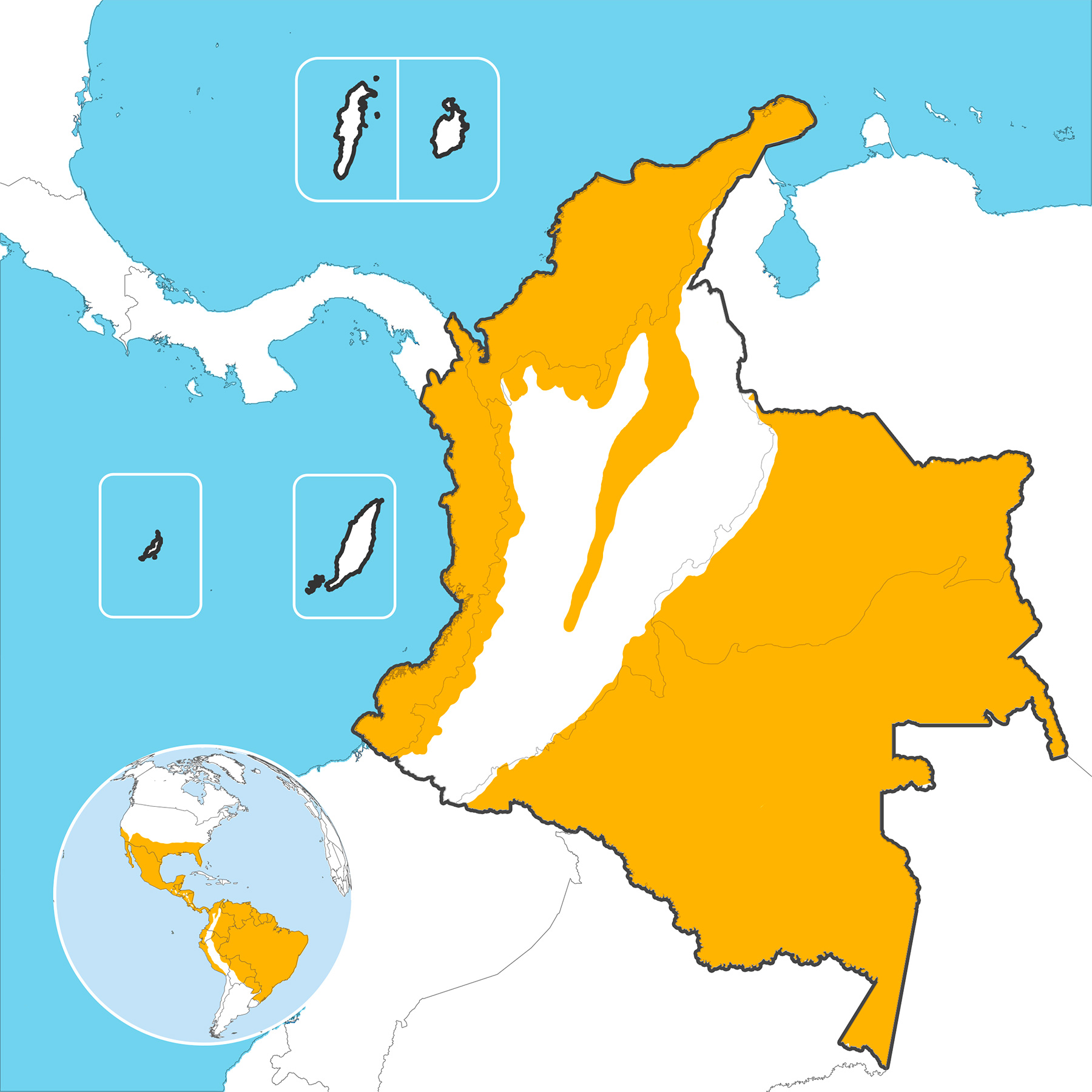
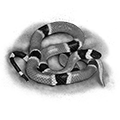
Coral Snake
Micrurus sp.Andean region
RECORRIDO VIRTUAL POR LA BIODIVERSIDAD DE COLOMBIA
Museo de Historia Natural
Universidad Nacional de Colombia

Coral Snake
Micrurus sp.
Morpho-functionality
Coloration
Its bright coloration works as a defense mechanism (aposematic) since it warns its predators of the lethality of its poison.
Teeth
It has proteroglyphic fangs, small teeth located in the front part of the jaw, with which it injects neurotoxic venom.
HEad
It has cranial kinesis, this means that the bones of its skull can move at will, mainly when swallowing its prey.
Lifecycle
They are oviparous snakes, mating occurs between September and December, it is synchronous with both spermatogenesis and vitellogenesis, for this reason, females must store sperm in receptacles until ovulation begins in the hottest months between March and June; Egg laying occurs from late June to August. In each clutch they can place up to 15 eggs depending on the species. The eggs hatch for up to 90 days.
Coral Snake
Distribution
Presentan una amplia distribución geográfica, en Colombia se distribuyen desde el nivel del mar hasta los 2400 m. Habitan en la hojarasca de la selva tropical húmeda, bajo troncos, rocas o en madrigueras subterráneas elaboradas por otros animales.They have a wide geographical distribution, in Colombia they are distributed from sea level to 2400 m. They live in the leaf litter of the humid tropical forest, under logs, rocks or in underground burrows made by other animals.
Distribution area
